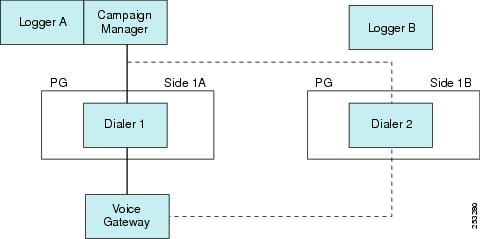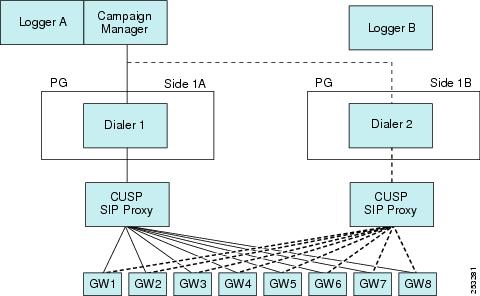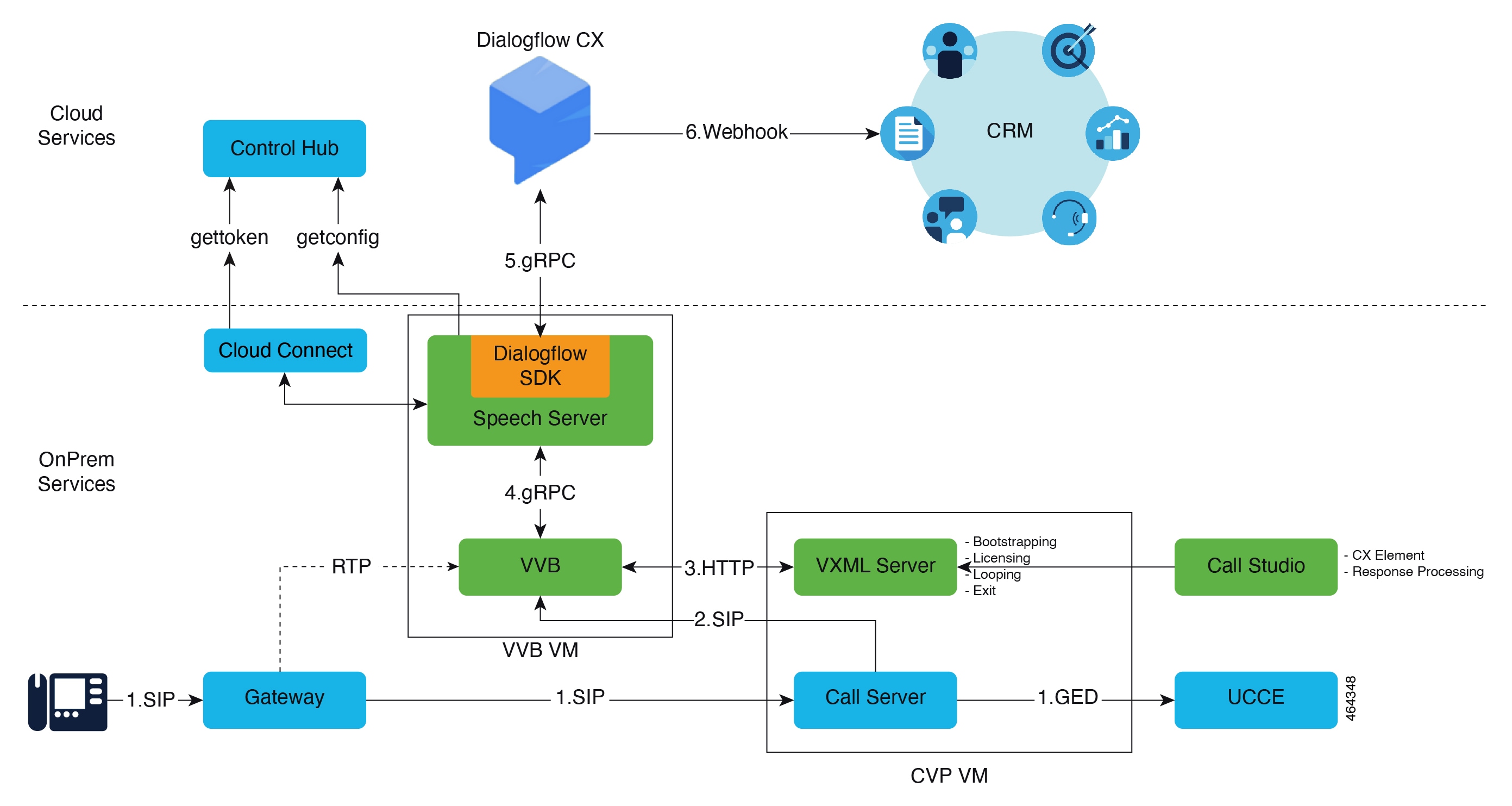Agent Greeting Considerations
Consider these points when you add Agent Greeting to your solution:
-
Agent Greeting does not support outbound calls made by an agent. The announcement plays for inbound calls only.
-
Only one Agent Greeting file plays per call.
-
Supervisors cannot listen to agent recorded greetings.
-
Agent Greetings do not play when the router selects the agent through a label node.
-
Agent Greeting supports Unified CM-based Silent Monitoring with this exception: Supervisors cannot hear the greetings themselves. If a supervisor starts a silent monitoring session while a greeting plays, a message appears that a greeting is playing and to try again shortly.
-
Use either G.711 a-law or mu-law for the VRU leg on the Voice Browser dial-peer. Do not use the voice-class codec.
-
In general, Agent Greeting feature requires shorter latency across the system. For example, the public network has a maximum round-trip latency of 100 ms to support Agent Greeting feature as designed.
Agent Greeting requires the following:
-
The phones have the BIB feature.
-
The phones must run the latest firmware version delivered with Unified Communications Manager.
-
The phones must be have BIB enabled in Unified Communications Manager.
Agent Greeting with Whisper Announcement
You can use Agent Greeting with the Whisper Announcement feature. Consider these points when using them together:
-
The Whisper Announcement always plays first.
-
To shorten your call-handling time, use shorter Whisper Announcements and Agent Greetings than if you were using either feature by itself. A long Whisper Announcement followed by a long Agent Greeting equals a long wait before an agent actively handles a call.
-
If you use a Whisper Announcement, your agents probably handle different types of calls: for example, "English-Gold Member-Activate Card," "English-Gold Member-Report Lost Card," "English-Platinum Member-Account Inquiry." Ensure that greetings your agents record are generic enough to cover the range of call types.
Agent Greeting Phone Requirements for Local Agents
Agent Greeting is available to agents and supervisors who use IP Phones with Built-In Bridge (BIB). These agents are typically located within a contact center. Phones used with Agent Greeting must meet these requirements:
-
The phones must have the BIB feature.

Note
If you disable BIB, the system attempts to use a conference bridge for agent greeting call flow and raises a warning event.
-
Ensure that the phone's firmware is up to date. (Usually, phone firmware upgrades automatically when you upgrade your Unified CM installation.)
-
For a list of supported phones for contact center enterprise solutions, see the Compatibility Matrix for your solution at https://www.cisco.com/c/en/us/support/customer-collaboration/unified-contact-center-enterprise/products-device-support-tables-list.html.
Agent Greeting Call Flows

-
The incoming call arrives from CUBE or a TDM gateway at CVP.
-
CVP sends the incoming call to Unified CCE.
-
Unified CCE instructs CVP to queue the call.
-
CVP sends the call to the Voice Browser for VRU treatment.
-
When an agent is available, Unified CCE sends the agent number to CVP.
-
CVP sends the call to Unified CM.
-
Unified CM establishes the connection to the agent phone.
-
The caller connects to the agent phone and stops hearing the ringback.
-
Unified CCE determines which CVP to invoke, and instructs Unified CM to tell the phone BIB to open a stream to CVP.
-
Unified CCE and CVP shake hands to set the trigger for CVP to let it know which greeting to play.
-
CVP instructs the Voice Browser to have the Media Server play the greeting.
-
The phone's BIB mixes the greeting. After the greeting plays, CVP disconnects and the agent speaks with the caller.
Agent Greeting Design Impacts
Sizing Considerations with Agent Greeting
Agent Greeting invokes conference resources to bring the greeting into the call. For most phones, it uses the Built-In Bridge feature on the phone. For Mobile Agent, it uses conference resources. This adds a short but extra call leg to every call, which has impacts on several components.
Voice Browser and CVP
Agent Greeting uses CVP and Voice Browser resources. Agent Greeting has a profile of short calls but at a high call rate. Account for these calls when sizing your solution.
Router and Logger
Agent Greeting has an impact of up to 1.5 regular calls on the Router and Logger. That lowers the maximum call rate for your solution by a third. Each Agent Greeting involves an additional route request. The Router PerfMon counter reflects this extra request as a higher call rate.
Peripheral Gateway
The impact of Agent Greeting on the PG resource usage does not reduce the supported agent capacity per PG.
Unified CM
When Agent Greeting can affect the number of agents that a Unified CM subscriber supports.
Mobile Agent
If you enable Agent Greeting with Mobile Agent, it uses extra Conference Bridge and MTP resources. To properly size the Conference Bridge and Unified CM resources, add a conference for each inbound call in place of the Agent Greeting.
Sizing the Agent Greeting Prompt Cache
If you enable Agent Greeting, properly size the prompt cache.
Consider the following example for a 1-minute long file in the G.711 mu-law codec:
The following calculation shows that the prompt uses approximately 1/2 MB:
Prompt size = 8 kb/sec (g711uLaw bit rate) * 60 seconds - 480 kb
On a Cisco IOS router, the maximum prompt cache is 100 MB. The maximum size of a single file should be 600 KB.
This table gives some example sizing for prompt caches on an IOS router:
|
Greeting Duration |
Greeting Size |
Total Greetings |
|---|---|---|
|
5 second |
40 KB |
2000 agent greetings with 80-percent space reserved for Agent Greeting |
|
60 second |
480 KB |
100 agent greetings with 50-percent space used for Agent Greeting |
 Note |
For Cisco VVB, the maximum cache size is 512 MB which allows you to cache more greetings. |
Agent Greeting Impact on the Call Server
The maximum CPS for contact center enterprise solutions assumes that you use Agent Greeting. The impact of this feature is already accounted for in the CPS limit.
Enabling Agent Greeting also affects the port usage. The required ports are calculated based on the CPS and duration of agent greeting.
Agent Greeting Impact on the Voice Browser
Agent Greeting increases the Voice Browser sessions required for your solution. You calculate the Voice Browser sessions based on CPS and the duration of the agent greeting. The agent greeting counts as one extra call to the Voice Browser.
Use the following formula to determine the total sessions including the extra sessions required for the Agent Greeting feature:
Total sessions = Inbound sessions + ((Greeting Duration / Total call duration) * Inbound sessions)For example, 120 calls with a 60-second duration is a rate of 2 CPS and requires 120 inbound sessions. If the agent greeting duration is 5 seconds, then the overall rate is 4 CPS, but the number of sessions required is 130.
Total sessions = 120 inbound sessions + [(5-second agent greeting duration / 60-second total call duration) *
120 inbound sessions] = 130 total sessions.

























 Feedback
Feedback